The material in my collection on eclipse iconography found in South Indian temples is extensive and complicated. Even though I have mainly been photographing it on the side – as it were – while pursuing other goals. I have been struggling to find the right way to present it in both a succinct and comprehensive manner. Offering you an overview as well as insight into this fascinating subject.
I presented a list of 15 stand-alone eclipse mandapas in Tamil Nadu in a previous post. This post contains a presentation of over 20 temples that have eclipse iconography in the sculptural program somewhere in their complex. In some of these temples, the eclipse-related material is extensive and curious, as in the Sangameshvara temple at Bhavani and the Suddha Ratneeshvara temple at Oothathur. In other places the reliefs it is limited to a few representations. As in the Brammadesam Sri Eshvaran temple and the Shri Jvarahareshvara in Kanchipuram. Although often found at a very auspicious and significant position.
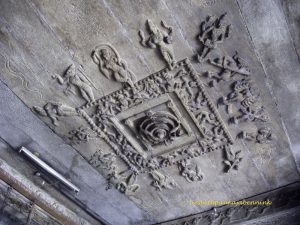
After wheedling down my photo collection to a maximum of 5 photos per temple, I was looking at a post with over 60 photos. That would have been overwhelming and congestive. This post is therefore a compromise of space, attention, and inclusion and just an introduction to the subject. Each temple is represented by just 1 photo. There will be follow-up posts detailing the specific iconographical programs of each temple. And an analysis of the various themes as well as the phenomenon of eclipse iconography as a whole.
Eclipse symbolism
The themes encountered on the ceilings are the nagas or cobras chasing lunar and solar discs, a multitude of multiform fish, makaras and whales, large feline animals, lotus medallions, Gandha Bherunda, lizards and other amphibian animals, Rahu heads, parrots and other symbols. Their relatedness follows from their depiction together in many pavilions and temples.
We find eclipse iconography especially on ceilings, but also on pillars, walls, and even floors of
- covered prakaras, temple corridors, and courtyards
- independent mandapa structures within the temple compound
- ardhamandapas of main and subsidiary shrines
- high, outer prakaras walls (inside or outside)
- on crossbeams, ceilings, walls, or in the vestibules of gopurams (temple gateways)
The eclipse-related reliefs can be dated to the later Chola period, all through the Vijayanagara empire and the Nayaka and Maratha periods. It could be connected to specific eclipse events. And possibly to a specific doctrine and religious movement.
Pillars in relation to ceilings
I have also realized the pillars associated with the ceilings on which eclipse iconography is depicted, have their own story to tell. Here the themes encountered are deities both Shaiva, Vaishnava, and Shakta. Such as Mohini, Bhikshatana, Nataraja, Kumara, Kali, Kalasamharamurti, Narasimha, and Krishna. Donors offering their worship with Anjali hasta and monks of various attire. In combination with erotic and tantric couples, the purnakumbha. There seems to be a connection to alchemy, the amrita, and therefore immortality. The analysis of their iconography will be part of future presentations.
For me, the eclipse-related symbolism and iconography in South Indian temples is like one of those things that turn out to be everywhere, once you start to notice. This post is therefore far from exhaustive. I have seen it where it was not possible to take photos. Sometimes I have seen such material in other people’s posts. This post includes some photos sent to me by friends who realized the meaning of them after reading my previous posts on this subject. I want to thank Kathie Brobeck, Srikumar Menon, and Veludharan for their contributions. And also Padmapriya Baskaran and Professor Sankaranarayanan for answering my questions.
There are many more temples with such material. One of my goals is to simply create awareness: let’s look up!!
Bhavani, Shri Sangameshvara: mandapa ceilings, ardhamandapa ceiling, gopuram
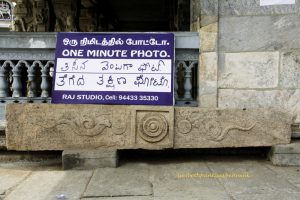
The Shri Sangameshvara temple is especially sacred because it is situated on the confluence (sangam) of three rivers. Two of these are earthly, physical rivers, the Kaveri and the Bhavani. The third river is the Amudham, the celestial river of amrita, the divine substance of immortality, which was churned from the Cosmic Ocean by the Devas and Asuras as told in the Samudra Manthana. The site of the Amudham is marked by the Amrita Linga situated on the tip of the peninsula where the Bhavani and Kaveri rivers merge into one. This Amudham or Amrita is identified with the Akasha Ganga, the Heavenly Ganga, which is also the Heavenly Sarasvati river. This Heavenly river is identified with the Milky Way in the sky, our galaxy.
Eclipse related iconography is found all over the temple complex. Especially the slab from an ancient ceiling illustrated here is a very important key to decoding and understanding the eclipse iconography. On the basis of style, this slab could be dated to the Chola period. Here two nagas or dragon-like snakes approach the discs of the sun and moon. A lotus medallion is in the center, between them. The lunar disc is flanked by a pair of peacocks. The solar disc is flanked by a pair of parrots.
Oothathur, Shri Suddha Ratneshvara: prakara ceiling & pavement
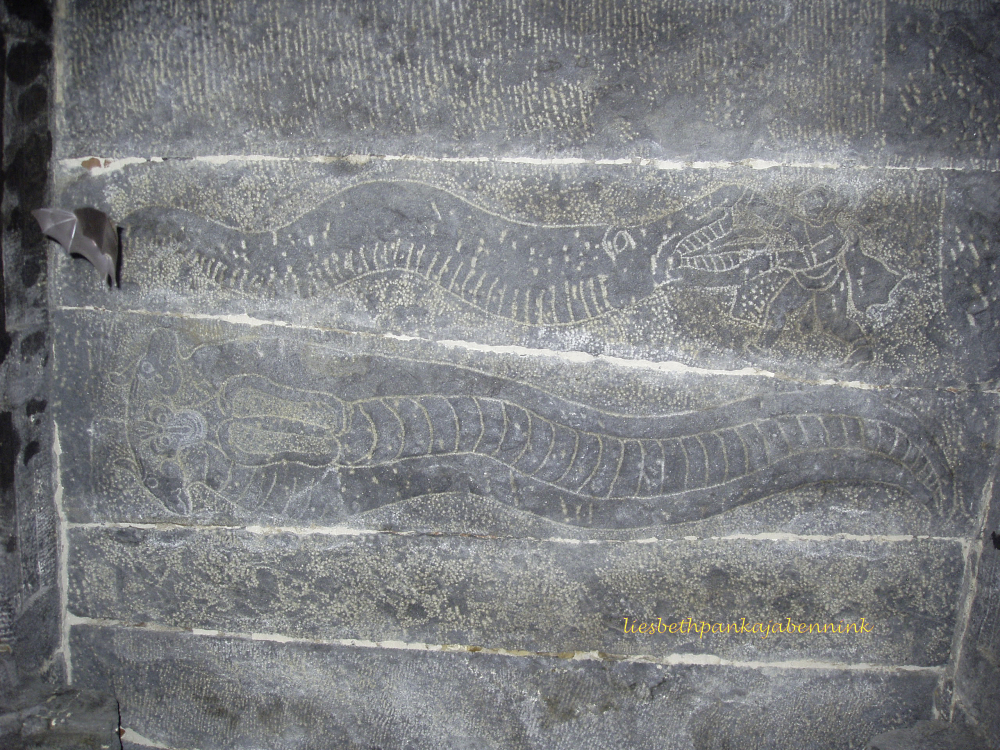
This ancient temple has a powerful connection to the saint Agastya and all things alchemical. The eclipse-related reliefs on its prakara ceiling are amazing. The one illustrated here shows a hero wrestling with a huge fish, possibly a whale. And the naga serpent next to it has three different heads. The heads are human (or monkey?) in the center, of a ram (mesha) on the right, and of an antelope (or maybe a deer) on the left.
This temple also has two beautiful astronomical yantras carved on the ceiling of its vestibule. And what is left of a mandapa ceiling, also with eclipse reliefs, has been used as pavement in the outer temple courtyard.
Thiruvarankulam, Shri Arankulanatha: prakara ceiling, gopuram, pillars
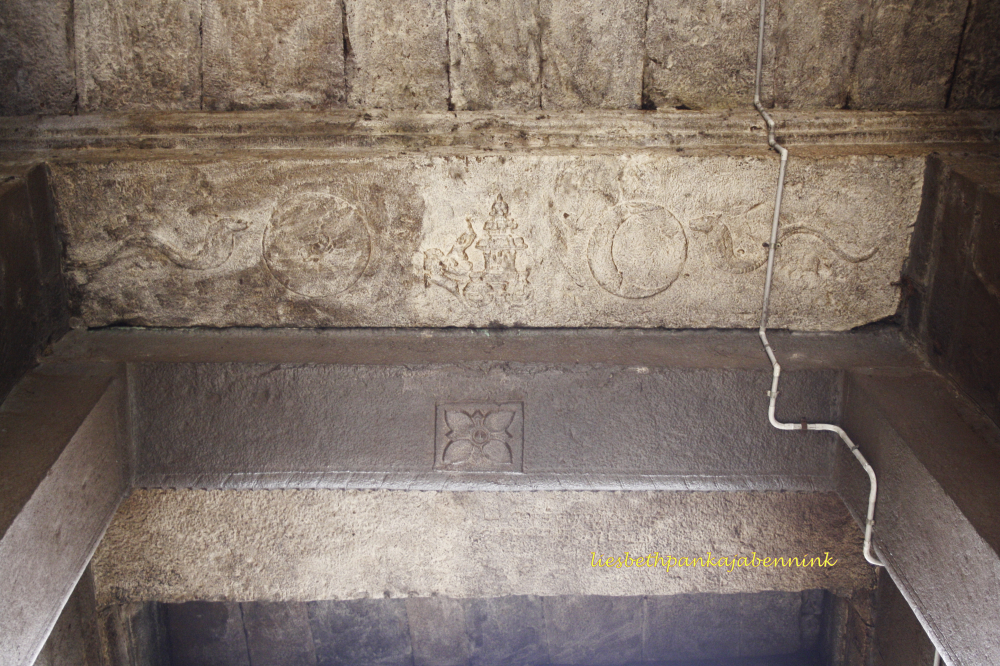
The cobras approaching the solar and lunar disc is the primary eclipse-related theme. It connects all these various temples and pavilions. In this temple, two sets are carved in the crossbeams of the main temple gateway or gopuram. And instead of a lotus medallion, a temple chariot and miniature temple are set at the center of the celestial scene. The moon is clearly indicated through the lunar sickle. The sun disc has a deer or antelope in its disc.
Vedaranyam, Shri Vedaranyeshvara: prakara ceiling, pillars
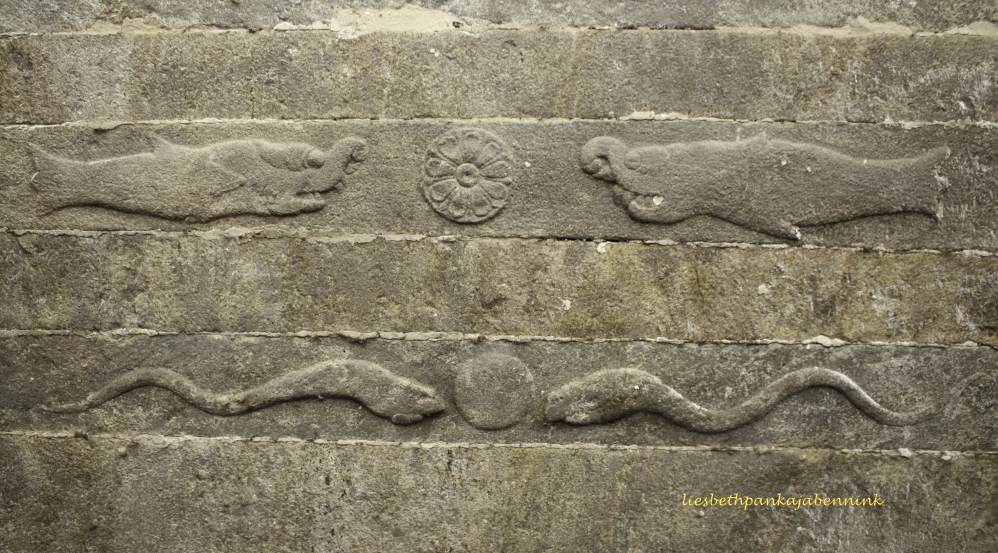
The full length of the main Nayaka period corridor of this temple is covered with eclipse-related symbols. Cobras, makaras, fish, whales, lotus medallions
Kanchipuram, Shri Kailasanatha: porch ceiling
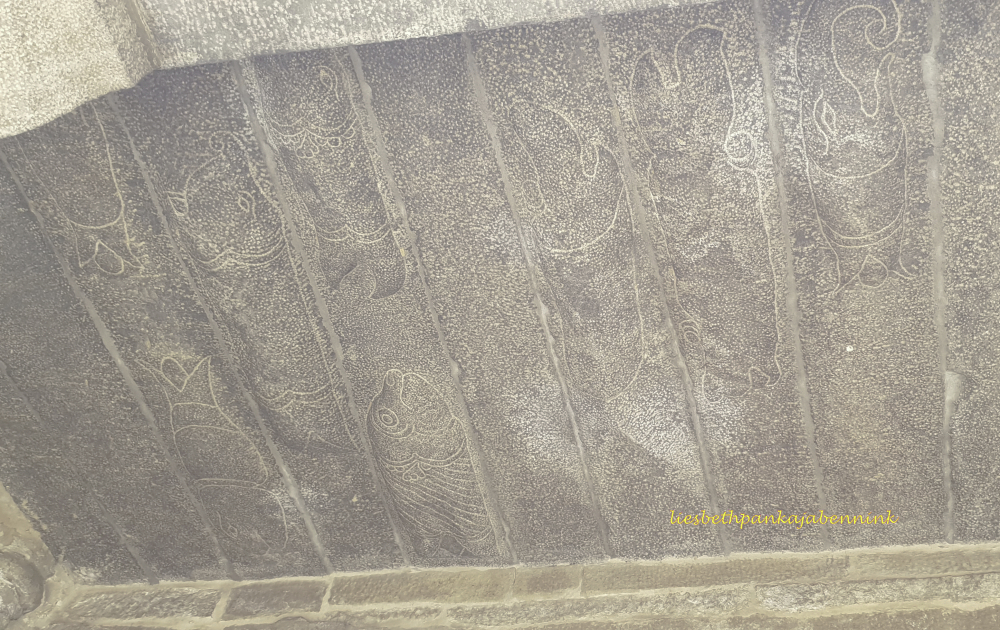
The Shri Kailasanatha temple in Kanchipuram was built by Rajasimha Pallava in the 7th century. But the porch leading to its northern door into the ardhamandapa belongs to the 16th or 17th century. It has Nayaka style pillars and very strange reliefs on its ceiling. We see Makara, whales, and strange fish.
Hampi, Varaha temple: gopuram threshold ceiling
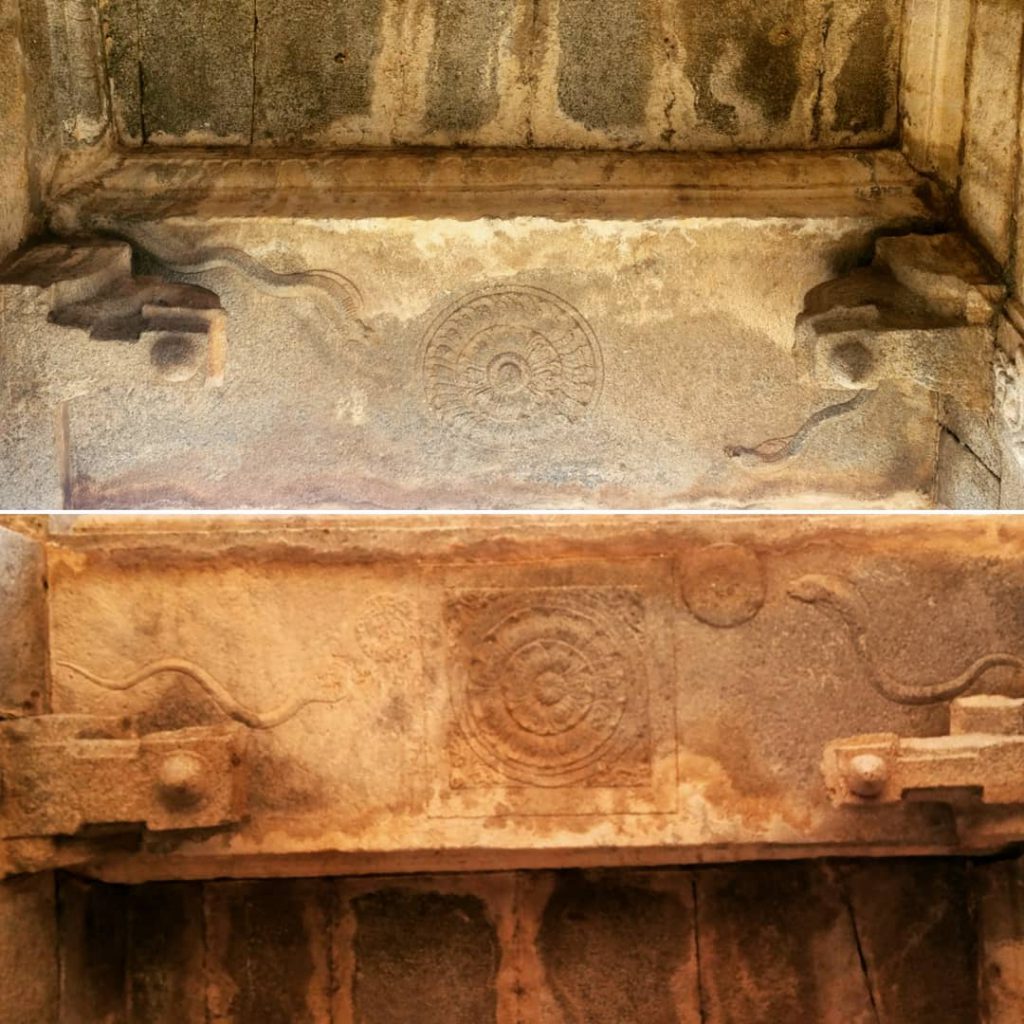
Two crossbeams of the gopuram (temple gate) with nagas or cobras approaching lotus medallions and discs. With thanks to Srikumar Menon.
Thirukallukundram, Shri Bhaktavatchaleshvara: covered prakara corridor and mandapa
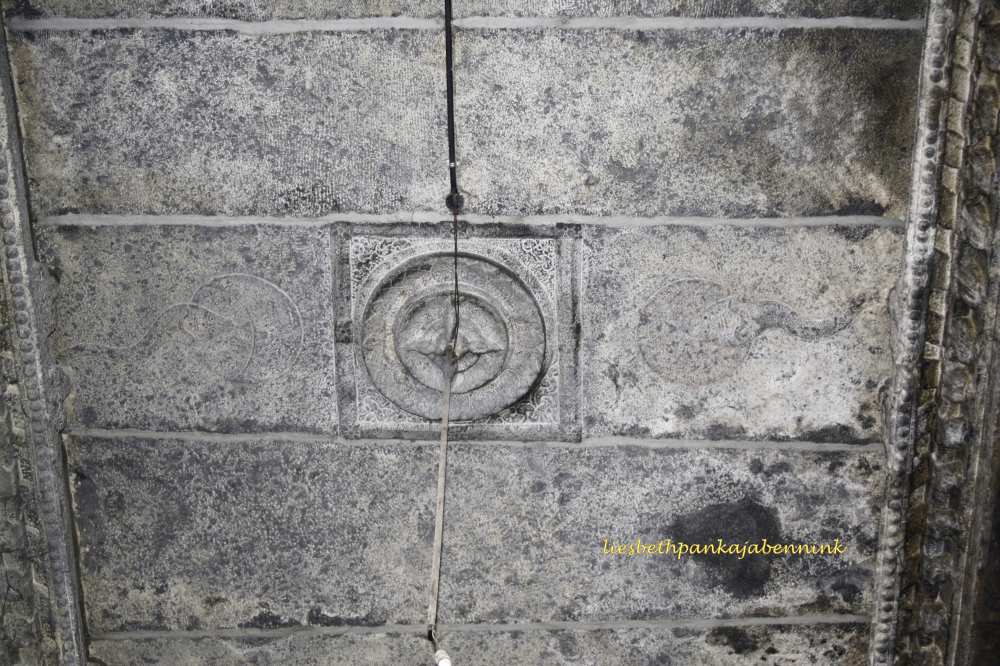
This is the ceiling of the main entrance prakara. Cobras approach the Sun and Moon. A lotus medallion with parrots at the center.
Hampi, unidentified temple: gopuram threshold crossbeam
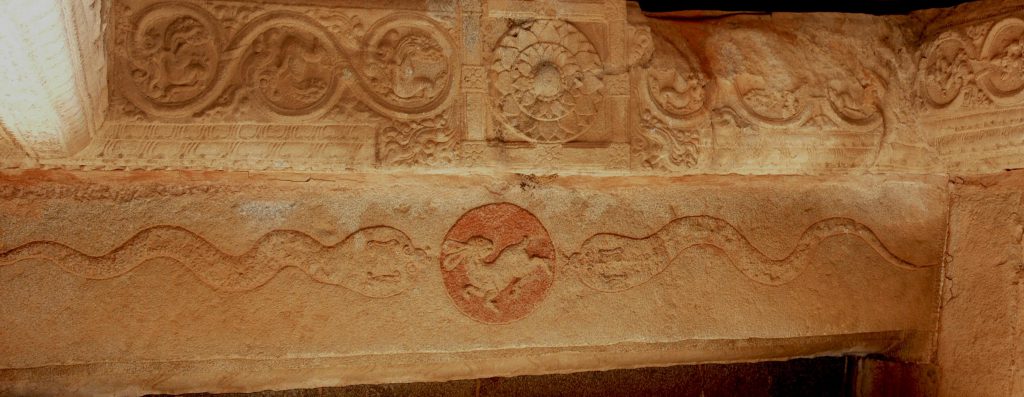
Kathie Brobeck shared this photo was with me. It shows two majestic cobras approaching a single disc. The disc holds a deer, or maybe a hare. The hare has known lunar connections. But in many of the eclipse depictions I have collected it is often the solar disc that holds a deer or antelope. See the image from the Shri Arankulanatha at Thiruvarankulam above.
Avudaiyarkoil, Shri Atmanathasvami: prakara ceiling
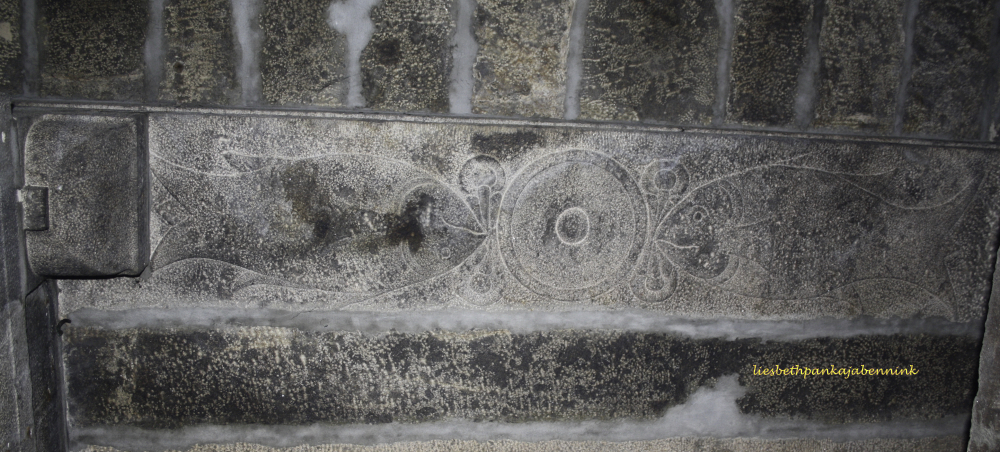
Uttirakosamangai, Shri Mangalanatha: prakara ceiling
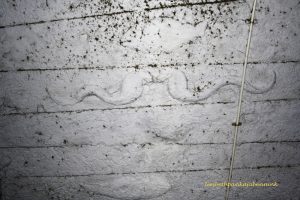
Kudumiyanmalai, Shri Shikanatha: prakara ceiling, mandapa ceiling, pillars
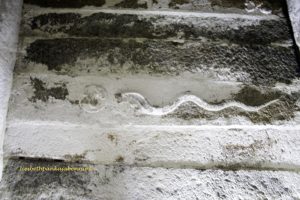
Thirukanur Shiva temple: prakaram ceiling
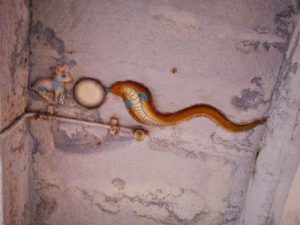
Senthamangalam Shiva temple: ceiling
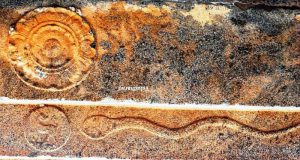
Rajendrapattinam, Shri Nilakantha, Thirukkumara Natha, Nilakantheshvara, Swedaaranyeshwara: prakara ceiling
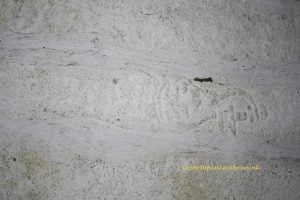
Kanchipuram, Shri Kachabeshvara: mandapa ceiling, gopuram, entrance doorjamb
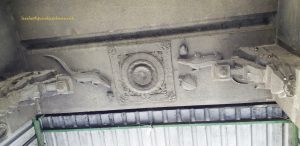
Kanchipuram, Shri Ekambaranatha: mandapa ceiling
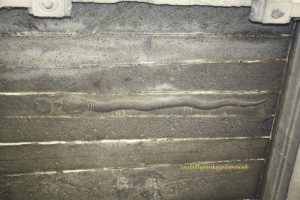
Thiruvadikai, Shri Tripurasamhara: mandapa ceilings
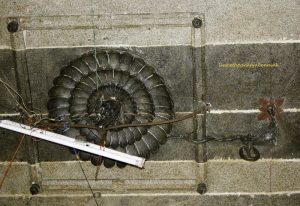
Thiruvannamalai, Girivalam, 2 mandapa: ceilings
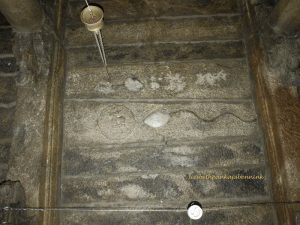
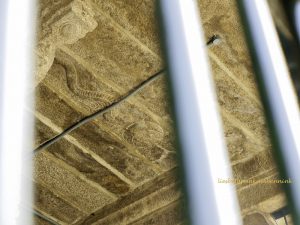
Brammadesam, Shri Eswaran: ardha-mandapa ceiling
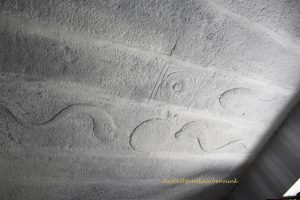
Kanchipuram, Shri Adi Kamakshi: outside temple wall
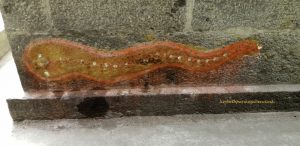
Thiruneermalai, Shri Neervanna Perumal: mandapa ceiling
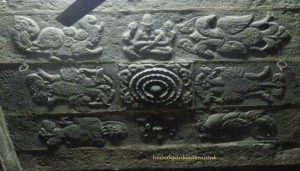
Thiruvalangadu Vadaranjeshvara: inside of outer prakara wall
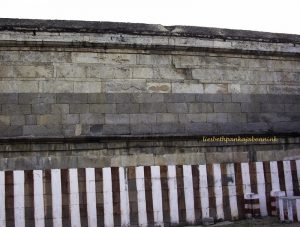
Kolar, Shri Someshvara: outside of the compound wall
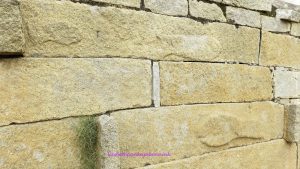
Kanchipuram, Shri Amareshvara: prakara ceiling
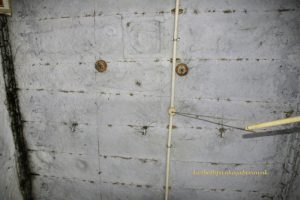
Kanchipuram, Shri Jvarahareshvara: gopuram
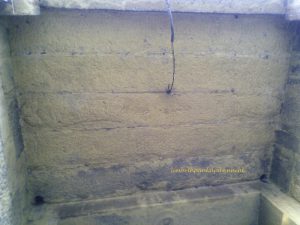
Tittakudi, Shri Vaidyanathasvami: prakara ceiling
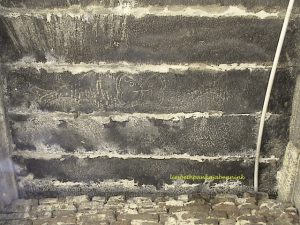
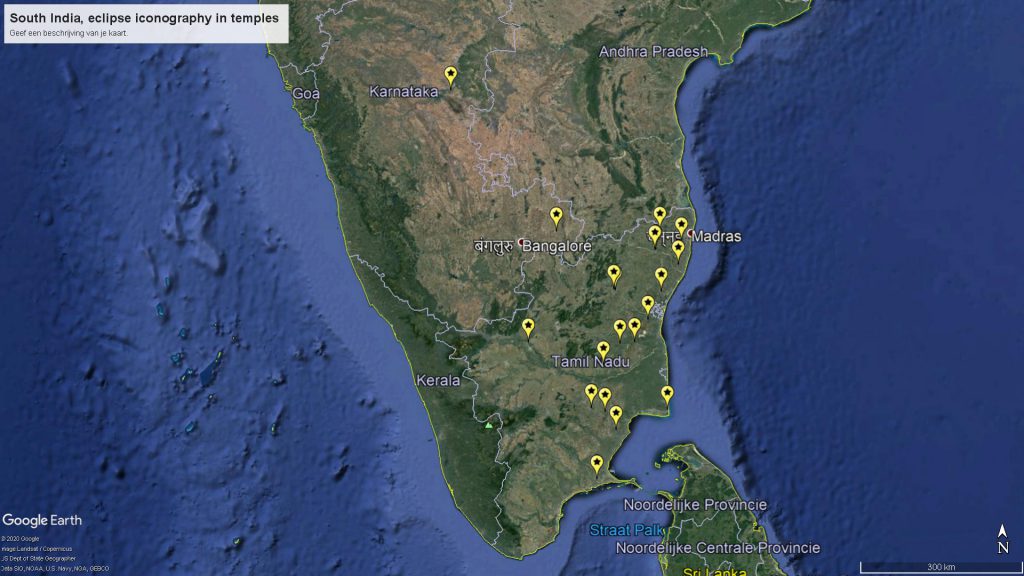
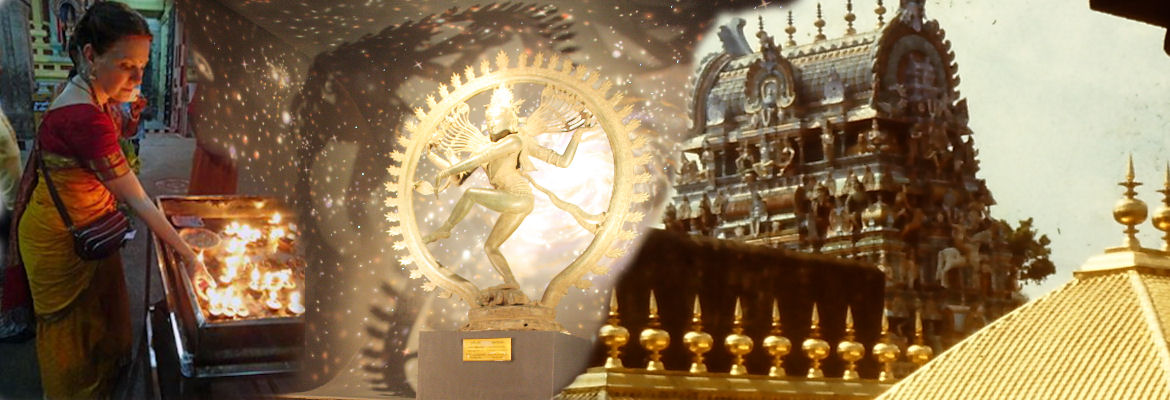
Veludharan
Looks great ma
Thomas Alexander
Outstanding contribution,amazed.
Durga
I have failed to notice such beautiful scenes depicting eclipses on temple ceilings pillars and walls with cobras fish makaras tortoise approaching moon and the sun.Thankyou for sharing .It was lovely .Next time i visit any of these temples i shall hunt for them .??